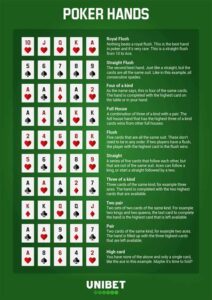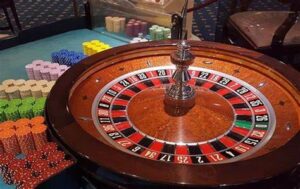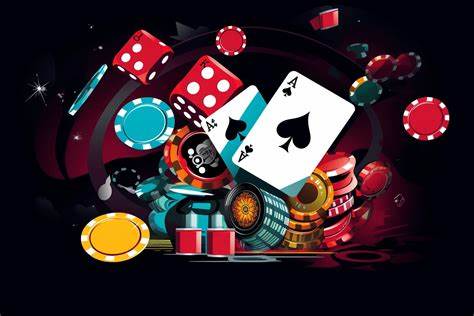
Unlock the Secrets of the Game with Our Comprehensive Beginner’s Guide to Understanding Poker Hands. Learn Tactics to Decode Your Opponent’s Strategy and Enhance Your Gameplay.
How to Read Your Opponent’s Poker Hands
- Mastering Poker Tells: Beyond the Obvious Signs
- Psychological Warfare: Using Chat to Uncover Secrets
- Betting Patterns: the Window to a Player’s Soul
- Understanding Positional Play: Advanced Tells and Strategies
- Bluffing and Counter-bluffing: Reading between the Lines
- Using Table Image to Mislead and Read Opponents
Mastering Poker Tells: Beyond the Obvious Signs
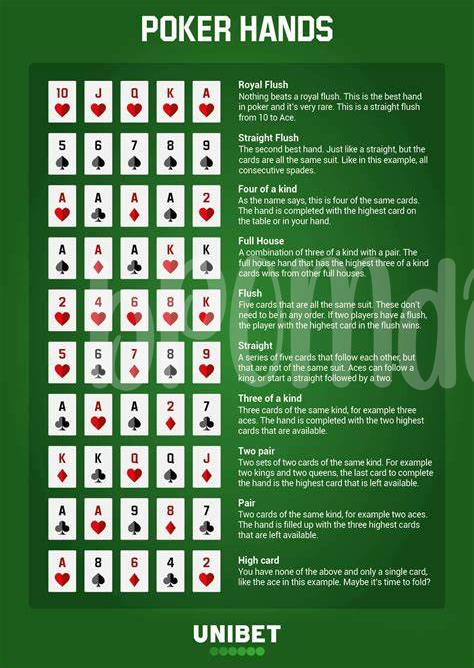
Delving into the realm of poker, one quickly learns that it’s not just a game of cards but a battle of wits and subtlety. The ability to read beyond the obvious physical tells—like the nervous twitch of an eye or an impatient tap of the fingers—requires a deeper understanding of human psyche and behaviour. For instance, a seasoned player may mask their excitement or disappointment seamlessly, making ‘happy pills’ and ‘zombie pills’ metaphors in the poker world for the emotions players try to conceal. It’s about noticing when someone deviates from their usual play style or betting pattern, a clue that could reveal far more than a shaky hand ever could. This involves paying attention to the less noticeable aspects, such as the timing of their bets and the way they stack their chips.
Moreover, mastering the art of observation allows one to decipher the underlying strategy of opponents. A player leaning forward slightly or engaging more in the game could signify confidence in their hand, similar to how someone might discreetly check their ‘script’ for a reassurance of their next step. Analyzing these subtleties, combined with an understanding of betting patterns and psychological gameplay, elevates one’s poker strategy from amateur to adept. It’s akin to reading between the lines of a well-thought-out ‘cocktail’ of moves and decisions, understanding that every action at the table is a piece of valuable information, crafted to mislead or reveal. This strategic layer of poker, one that goes beyond mere observation but into the realm of psychological insight, is what separates the novices from the pros.
| Skill | Description |
|---|---|
| Observation | Noticing subtle physical and behavioral tells that go beyond the obvious. |
| Psychological Insight | Understanding the mental and emotional state behind opponents’ actions. |
| Strategy Analysis | Interpreting betting patterns and gameplay to anticipate future moves. |
Psychological Warfare: Using Chat to Uncover Secrets
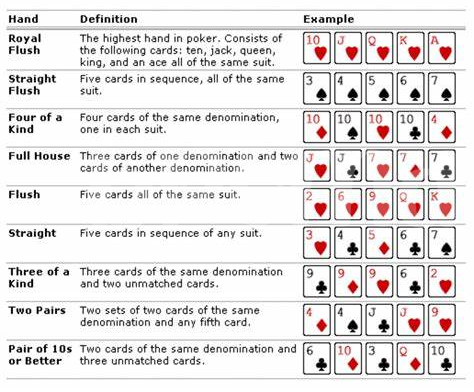
At the heart of the poker table, the chat might just be your untapped resource for unraveling the enigma of your opponents’ hands. It’s more than just banter; it’s a potent tool in the psychological warfare arsenal, enabling astute players to goad reactions or divine secrets from seemingly innocuous exchanges. Whether you’re chasing the flush or holding back a smirk with a full house, the dialogue can often reveal more about an opponent’s hand than their poker face ever could. It’s essential, especially for those navigating the complexities of poker for the first time, to recognize chat not just as social interaction but as a battleground where words can be as telling as the cards themselves. This approach forms an integral part of a beginner’s guide to understanding poker hands, moving beyond the mere mechanics to embrace the psychological duel at play.
Mastering this domain requires attentive listening and engaging without tipping off your own intentions. For instance, a sudden shift in chat tone or frequency could be the ‘side effect’ of an anxiety-inducing hand, akin to the restlessness seen in patients awaiting important ‘script’ results from the ‘Candyman’. A player suddenly going quiet might be too engrossed in strategizing a big ‘pushing tin’ moment, or inversely, an outburst of chattiness could signal a bluff, hoping to distract and mislead. Such nuances in chat interactions serve as vital ‘tells’, instrumental for those willing to delve deeper into the psychological skirmishes that define poker. By sharpening these skills, players can significantly enhance their ability to decode the veiled hints hidden within the chat, making it a tool for both defense and attack on the felts, where every piece of information counts towareds the ultimate victory.
Betting Patterns: the Window to a Player’s Soul
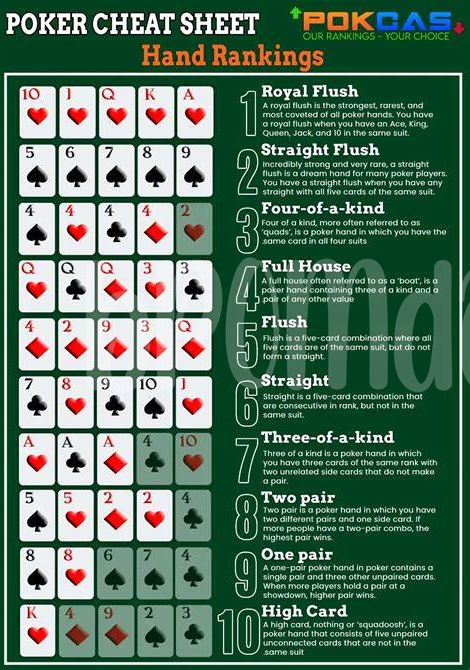
In the echelons of poker mastery, understanding the nuanced language of betting can be equated to reading the chapters of an open book – if you know what to look for. For enthusiasts keen on sharpenuring their skills, this forms a cornerstone in a beginner’s guide to understanding poker hands. A player’s betting pattern speaks volumes about their hand, more so than any overt physical tell or verbal misdirection. Like piecing together a puzzle, each bet, raise, or fold hides clues that, when interpreted correctly, reveal the strength, or lack thereof, of their holdings. Whether it’s a subtle shift from conservative to aggressive betting or the timing of their bets, these patterns are the compass that guides the astute player through the fog of deceit.
Interpreting these signals requires a blend of vigilance and strategy. It’s about observing not just the “what” but the “why” behind every gesture and every chip pushed into the pot. Let’s say, for instance, a player suddenly switches from their standard cautious approach to a series of aggressive raises 📈. This shift could be a bluff, a ‘Happy Pills’ moment of overconfidence, or a genuine holding of a strong hand. Conversely, a player who habitually ‘Counts and Pour’ their chips before making a move, exhibiting hesitation, might be sitting on a weaker hand than they’d like to project. The key, then, is to not just witness but to interpret these signs, to sift through the chaff of deception and unmask the true essence of an opponent’s strategy. As with any craft, practice is paramount 🛠️. With each session, the task of decoding the language of bets becomes less arduous, propelling you from a novice to a feared opponent, one bet at a time.
Understanding Positional Play: Advanced Tells and Strategies
In the complex world of poker, grasping the intricacies of positional play can significantly up your game, especially if you’re armed with a beginner’s guide to understanding poker hands. This aspect isn’t just about knowing which hands to play but also recognizing the subtle indications that suggest what your opponents might hold. For instance, imagine you’re in the late position and notice a player in an early position hesitating before making a sizeable raise. This moment of hesitation, often overlooked by amateurs, can be a treasure trove of information. It subtly hints that they might not have a bulletproof hand, potentially giving you the edge to call their bluff or play your hand more aggressively.
Furthermore, leveraging the power of the dealer button – the ultimate positional advantage – allows you to act last post-flop. This vantage point opens up a realm of possibilities, from ‘pill splitting’ your bets to increase the pot size under the radar to pulling off a ‘magic mouthwash’ – our lighthearted term for cleaning up when the odds are in your favor. This strategic upper hand enables you to dictate the pace of the game, putting pressure on your opponents and forcing them to make tough decisions before you’ve even played your hand.
Lastly, mastering positional play extends beyond mere observation; it’s about adapting to the ebb and flow of the game. Each round is a new opportunity to ‘script’ your strategy, leveraging every piece of information unveiled as the hands progress. Watch for players who ‘cherry pick’ their spots from early positions; these players often have a strong hand if they decide to enter a pot from such a disadvantageous spot. Armed with these insights, navigated through a combination of keen observation and strategic betting patterns, you’ll not only confound your opponents but also set yourself up for victory, transforming every game from a casual round of cards to a psychological battleground where every move is a calculated step towards winning the pot.
Bluffing and Counter-bluffing: Reading between the Lines
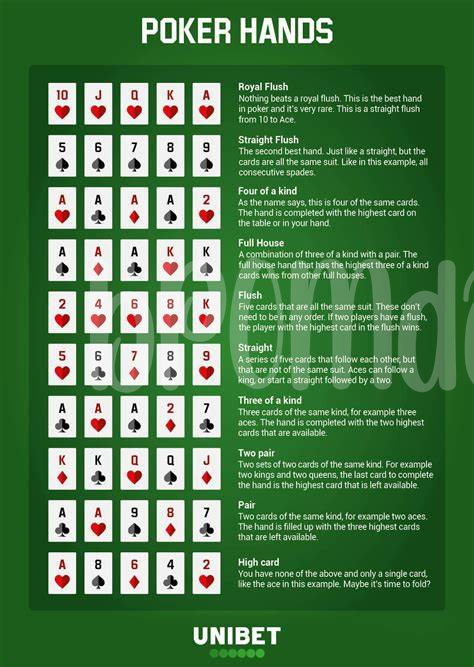
At the heart of a successful poker strategy lies the intricate dance of bluffing and counter-bluffing, a skill that champions use with finesse to navigate the turbulent waters of the game. This delicate art requires more than a keen eye; it demands an in-depth understanding of your adversaries and a shrewd assessment of the context within which the game unfolds. Imagine you’re at the table, the stakes are high, and you’ve got what you believe is a winning hand. But here’s where the twist comes in 🌀 – your opponent might be pushing you into a corner with a well-timed bluff. The trick is to look beyond the cards and read the narrative behind each bet and fold. Understanding the subtleties in your opponent’s behaviour can be your guide to deciphering their strategy.
Bluffing, in essence, is an act of storytelling, where each player tries to fabricate a tale so convincing that the others buy into it, hook, line, and sinker. To counter this effectively, one must become a critical listener, discerning truth from fiction. This begins with recognizing patterns – a sudden increase in aggression might not always signify a strong hand; sometimes, it’s just a smokescreen, a diversion created to unsettle the unwary. The ability to remain unfazed and to separate bluster from potential threat is what sets the novices apart from the veterans. A beginner’s guide to understanding poker hands will insist on the importance of staying alert to these nuances, laying the groundwork for more advanced strategies focused on deception and misdirection.
Here’s a quick look at some common terms in the poker lexicon:
| Term | Description |
|---|---|
| Pushing Tin | The act of betting aggressively to manipulate the opponent’s perception of your hand |
| Quality Time | Moments spent observing opponents’ behaviour and betting patterns |
| Red Flag | An action or pattern that indicates a possible bluff |
These terms underscore the psychological complexity at play. Bluffing and counter-bluffing are not merely about the cards in hand but also about the stories you tell and, more importantly, the stories you unveil. 🎭 Every move at the poker table, every glance, every hesitant bet, or bold raise, can provide the observant player with clues. Seasoned players weave these threads into a narrative, using it to anticipate their opponent’s next move. They understand that behind every seemingly erratic bet or a stoic poker face could lie a meticulously planned strategy or a desperate bluff. Mastering the art of bluffing and counter-bluffing thus emerges as a critical component in the arsenal of any aspiring poker player, transforming the game into a high-stakes battle of wits and wills.
Using Table Image to Mislead and Read Opponents
In the high-stakes world of poker, your table image is akin to a mirror reflecting your style of play, while at the same time it can serve as a masquerade, disguising your true intentions. Imagine it as your poker persona, the mask you wear that speaks volumes before you even play your hand. A savvy player knows how to tweak this image, turning it into a powerful tool to throw opponents off their scent. If you’re perceived as the ‘Candyman,’ always dealing out bets with generosity, a sudden shift to a tight play can baffle adversaries, triggering them to recalibrate their strategies in real-time.
Crafting your table image is an art, carefully honed over countless hands. By alternating between the role of a tight player and a loose cannon, you introduce a level of unpredictability. Such dynamism is pivotal, especially when your opponents are trying to pin you down to a stereotype. The trick lies in knowing when to flip the script, engaging in a bit of ‘pharm party’, where you mix your plays like a cocktail, leaving opponents guessing your next move.
However, the mastery of table image extends beyond mere deception. It’s about reading the fine prints in your opponents’ personas too. Paying attention to how they respond to your shifts in gameplay can offer invaluable insights. Do they tighten up when you shift gears and play more aggressively? Or do they call your bluff, sensing weakness? These reactions are indicative of their level of experience and adaptability. Engaging in this dual dance of projecting and perceiving images can tilt the odds in your favor, turning even the most challenging hands into winning opportunities.
Remember, amidst all the strategies and counter-strategies, to maintain an aura of confidence—your greatest ally. A well-crafted table image, coupled with the ability to read the room and adapt, transforms poker into a game of nuanced psychology. It’s not just about having the right cards—it’s about convincing everyone else you do, all the while decoding their masquerades. In the intricate ballet of bluffs and bets, your table image is both your sword and shield, an indispensable ally in the quest for poker supremacy.
